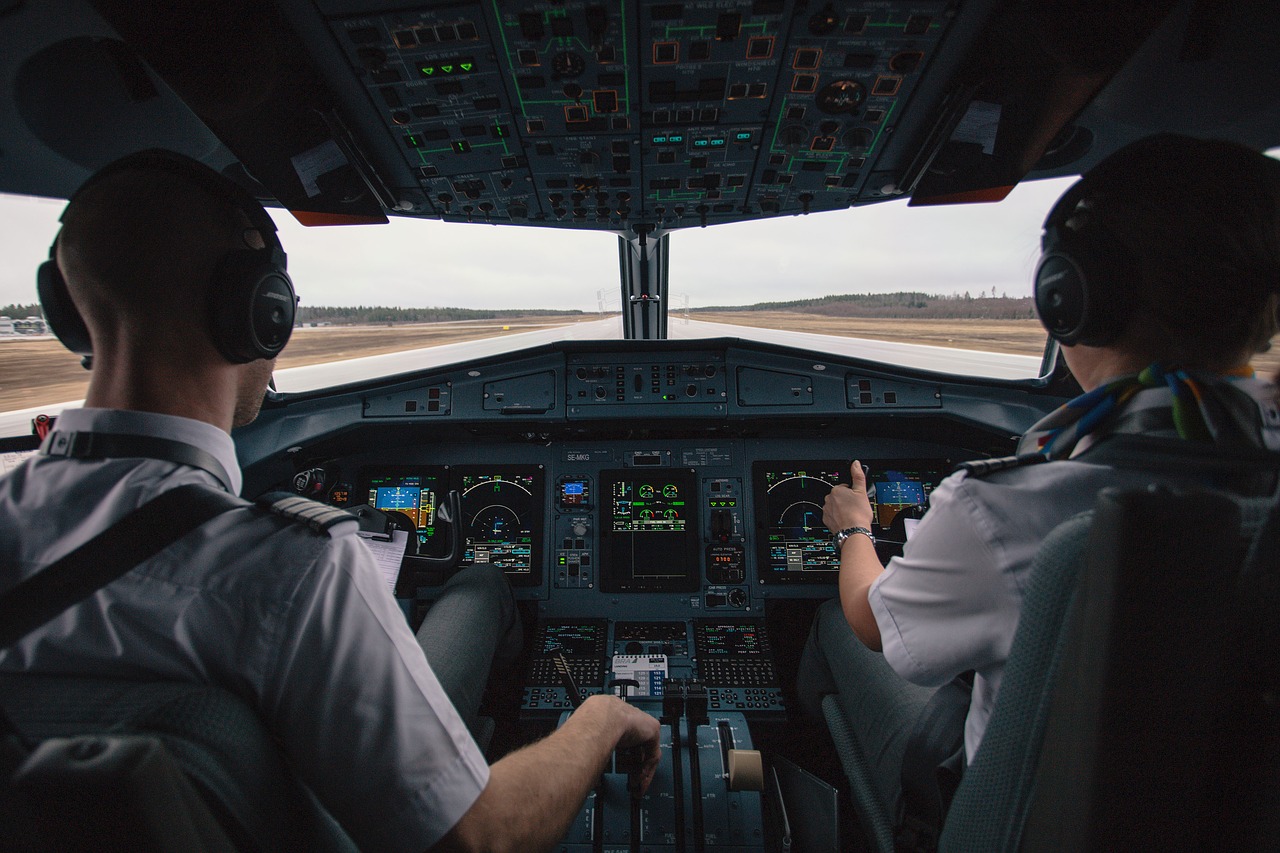Traditionally, pilots use a control yoke in front of them to control the plane. An alternative control method is the side stick, which sits to the side of the pilot. Each control method has both advantages and disadvantages for the pilot and crew.
Side-Stick Technology Saves Space
Control yokes are more cumbersome than side sticks and take up a lot of space in front of the pilot. Side-stick technology offers the flight crew a clearer view of the instruments and gives the pilots more room to operate. Space is tight in many aircraft, which means that the space-saving advantage of side-stick technology can be very attractive to some designers.
Yokes Reproduce Inputs
When a pilot pulls back on the control yoke, the yoke in front of the co-pilot reproduces the input as a result of their mechanical coupling. As a result, both pilots know exactly what inputs their colleagues are making. In an emergency situation, this information can be vital. Current civilian side stick technology does not provide the same visual information. However, new active side-stick technology gives pilots force feedback. Electronically coupled active side sticks allow both pilots to experience one another’s control inputs.
Side Sticks Are Sensitive
Side sticks are more sensitive than control yokes, although their range of travel is smaller. They can also move more rapidly, allowing pilots to quickly correct the course of the plane. On the other hand, pilots can control a yoke with either hand, whereas side sticks typically require the pilot to use a particular hand to operate them. Pilots whose dominant hand is on the opposite side of the side stick may find them awkward to operate, although many will be able to adapt.
Yokes or Side Sticks
Most modern civilian jets use fly-by-wire (FBW) technology, in which computers and wires relay the pilot’s control inputs to the wings and tail of the plane. Planes that use FBW technology can use either sidestick technology or yokes, whereas aircraft in which mechanical pulleys and cables relay the input signals do not use side-stick technology.



